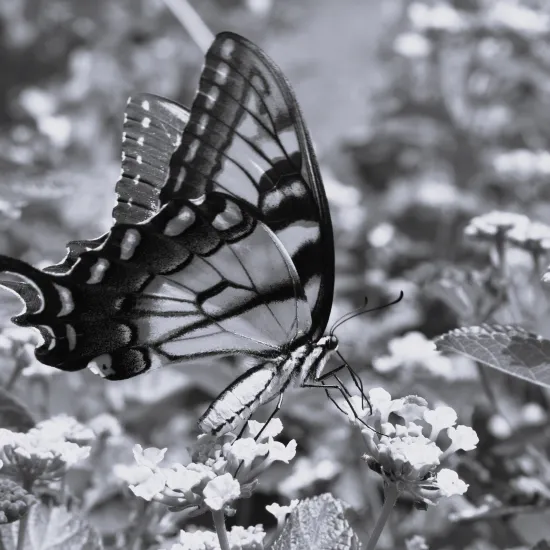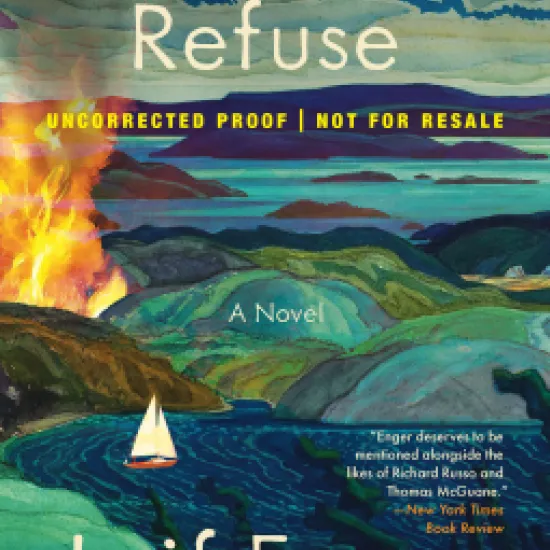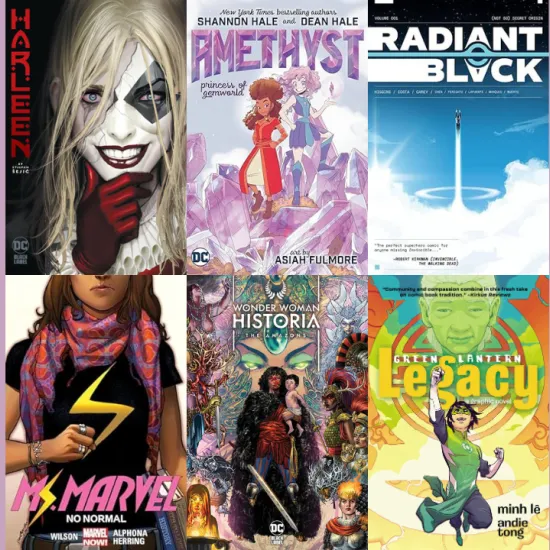- Margaret D.
- Monday, November 08, 2021
In honor of Native American Heritage Month, let’s highlight the contributions of local Catawba potter Sara Ayers.
In the early 1920s on the Catawba reservation near Rock Hill, young Sara Harris followed behind her sisters along the riverbank of the Catawba River as they gathered clay to make pots. Sara took a keen interest in pottery-making and later helped to save it from becoming a lost art.
Childhood on the Catawba Reservation
Sara Ayers, a resident of West Columbia for over 40 years, was born in 1919 on the Catawba Reservation to David A. “Toad” Harris, a tribal chief, and Dorothy Minerva Harris, of Irish heritage. Sara was one of 12 children of Chief Harris, who had previously married Catawba woman Margaret Elizabeth “Lizzie” Harris with whom he had several children. Sara, the eldest child with his second wife, was named for her paternal grandmother, Sara Mush Harris, who was born around 1832 in Fort Mill and was also a potter, as this was traditionally the work of women among the Catawbas. The elder Sara Mush Harris lived with her son David “Toad” Harris into her old age and, along with his first wife Lizzie, taught his older daughters the art of pottery making. Sara Mush Harris was no longer living when young Sara was born in 1919, but the pottery tradition remained alive among the women of the tight-knit Catawba community. In an interview, Sara recalled learning how to make pottery when she was 4 or 5 by following behind her older sisters and stealing bits of clay to make small bowls, canoes, and toothpick holders. Later she learned to gather and mix the clays herself and to form water jugs, pitchers, loving cups, and wedding jugs.
Married life
In the 1930s Sara married Kirk Sanders, also of the Catawba tribe, and kept the home fires burning while he went away to war during World War II. Sara’s mother-in-law, Arzade Sanders, was a master potter herself and may have also influenced Sara’s work. Kirk Sanders died in 1945 and Sarah soon married Hazel “Foxx” Ervin Ayers, also a member of the Catawba tribe and a World War II veteran. Together, Sara and Foxx started a family and moved to West Columbia so Foxx could attend trade school. The couple raised 3 children, and Sara continued to make pottery in abundance.
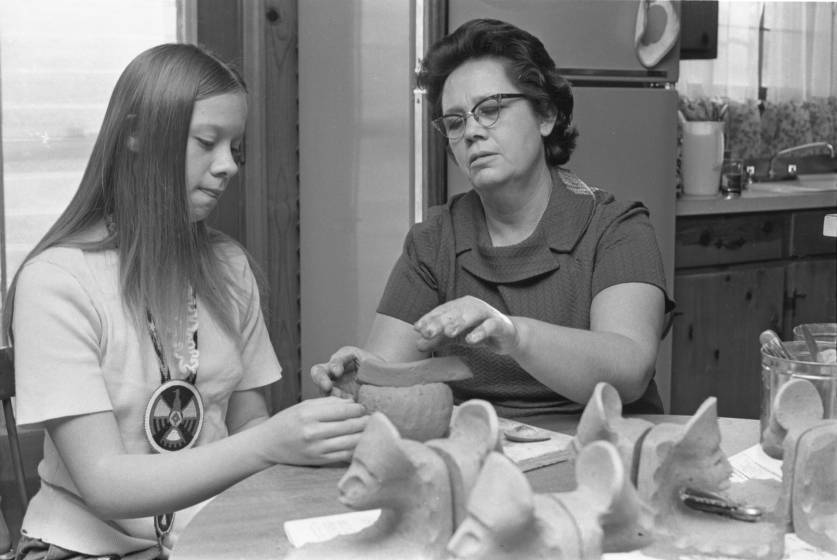
Pottery making
In a 1983 interview with the Columbia Record newspaper, Sara described digging clay from riverbeds near Rock Hill, then molding it by hand into various shapes in her West Columbia home. Sara baked the clay vessels in her kitchen oven overnight, then moved them to a bed of coals in her backyard, surrounded them with a pyre of burning wood, and fired them for several hours before allowing them to cool. Traditional Catawba pottery was unglazed but shined with a hand-burnished exterior and exhibited natural clay colors highlighted with flecks of mica. Sometimes figures known as War Bonnets would embellish the exteriors.
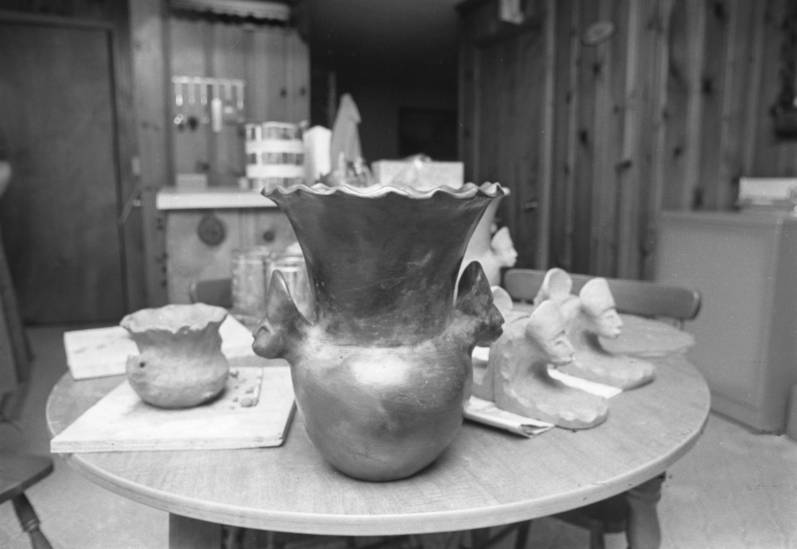
Wider recognition
Sara Ayers continued to perfect her craft and sold her wares at every opportunity. Eventually collectors began to take notice, and in 1973 an exhibit of contemporary Catawba pottery hosted by the Columbia Museum of Art brought heightened attention to this art form. The exhibit featured work by Sara Ayers, Arzade Sanders, and others. Demand for Sara’s work grew, as did the prices she could command for them. Always proud of her Catawba heritage, Sara made sure to pass on the potting traditions to her granddaughters. Sara died on November 25, 2002 and was buried beside her husband Foxx in the Mormon cemetery on the Catawba Reservation. Today, examples of her work can be found in museum collections across the United States.
